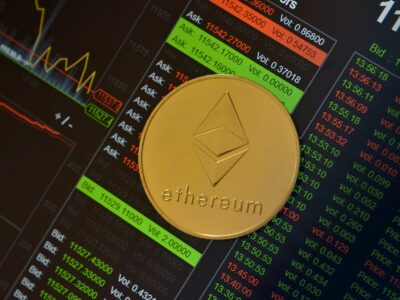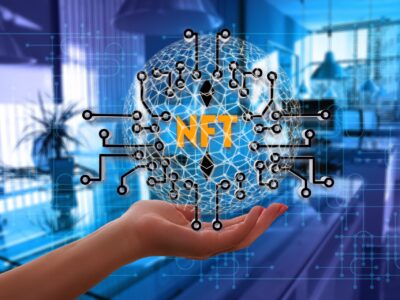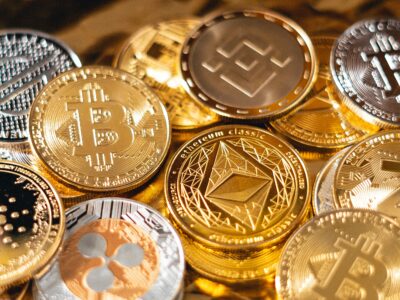Assets attribute their values to various reasons. NFTs or Non-Fungible tokens make anything more valuable because of their scarcity. The scarcity of any element gives it its value. NFTs earn their owners huge amounts of money or sometimes nothing. The difference lies in the value of NFTs.
What are NFTs?
These are cryptographic assets and unique digital token on blockchain. Their unique identification proves the authority of the owner over the artwork. They are basically digital images of a physical asset. The asset can be a song, an image, GPG, a moment, etc.
However, the value attached to NFTs are volatile. Mere rarity or who possesses it can’t determine the asset’s value always. So let’s understand the value game of NFTs.
Value game of NFTs
An NFT’s worth is determined by the buyer and their social group, as it is with all works of art and collectibles. With time, an NFT takes unique character because of factors like who has owned it and how they have used it. Art piece is indefinitely reproducible, but monetization is complex. However, a single sale also owners make good money and even gains royalty on each resale.
Matt Stephenson, a Ph.D. candidate at Columbia University, discusses how our emotional attachment to gifts and possessions, including digital ones, may challenge conventional notions of value and how they relate to ownership of NFTs. This functional perspective also considers other factors, such as the potential profits from this kind of secondary market speculation frenzy. Even the trend of tokenizing real-world assets by putting them on the blockchain uses this useful tactic. NFTs turn interchangeable things into appealing asset for the buyer & owner.
Some people might have spent $10 on gas to upload a piece of art or a tweet hoping it would bring in $1,000, but that never happens. Then, they simply lost $10. Actually, the concept of demand is essential to how digital scarcity works. There must be an external demand.
The investment game of NFT
Now the key question is , are NFTs profitable? Like with stocks, very few people become wealthy by picking the winners. And the stunning boom times in the NFT business may have ended or this may be the beginning of a protracted roller coaster. However, there are legitimate reasons to invest in NFTs, such as to support artists, obtain access to highly desired experiences and objects, either physically or virtually, and to feel good about contributing to a sector of culture that you find fascinating.
The millions of dollars invested in this new market for digital goods, which have assisted some independent NFT creators in starting their businesses, excite proponents of cryptoart.
I think it is amazing how NFTs have a dual nature where someone is prepared to spend a lot because they have a special connection to a work of music or art while the file is still available. You essentially fulfill the promise of the free internet by doing this while also securing the producers’ payment.
With no indications of the NFT investment market being stabilized, it is incredibly volatile. The focus of regular investors will be on lesser known or even unknown collections and artists because they have low entry barriers and large potential rewards.
Do rare NFTs lose their value?
Rareness isn’t everything in this digital economy, a recent study suggests, even if rarer NFTs often become considerably more valuable. In fact, the sheer amount of demand for rare NFTs threatens to devalue them.
According to the study, as soon as the Bored Ape NFTs were released, the value of apes with the most uncommon qualities instantly increased, and every collector started seeking for them. However, those wanting to invest in these photographs found that this actually backfired.
Researchers found that uncommon NFTs effectively became considerably more frequent as their value and awareness rose.
“We’ve shown that rarity may become self-defeating,” says cognitive scientist Jordan Suchow of Stevens Institute of Technology. “If you want to sustain value, you need to make sure that people don’t simply notice the rarest things in a certain category.”
The authors of the study contend that this may compel a reconsideration of NFT markets and lead investors to place less value on rare images.
The study also revealed that some elements of these photos’ value depreciated faster than others. For instance, apes with particularly vibrant backgrounds maintained their value better than others. However, those with the fur of a different colour degenerated much more quickly.








Comments